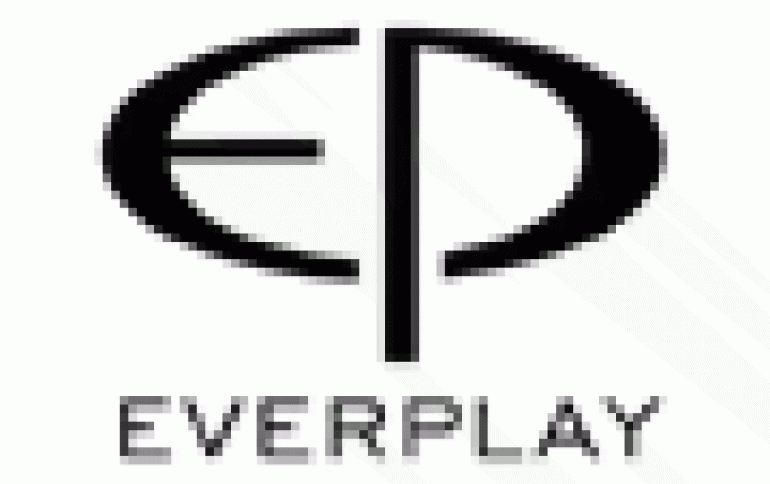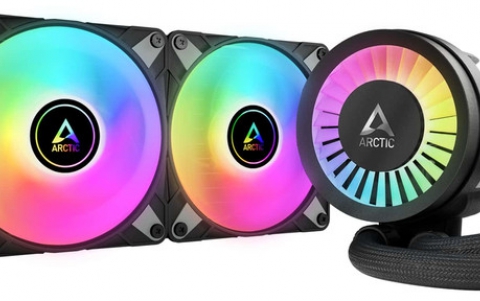
EVERPLAY Standard to be Administered by OSTA
OSTA will manage EVERPLAY specification for interchange of digital
photos, video and related audio files across a broad range of CE
devices.
Eastman Kodak, Fuji Photo Film Co.,
Ltd. and Konica Minolta Photo Imaging Inc., founders and owners of
the EVERPLAY specification, today announced an agreement with the
Optical Storage Technology Association (OSTA) to transfer ongoing
administration and future development of the EVERPLAY image
interoperability specification to OSTA. The EVERPLAY specification
is designed to ensure compatibility of digital photos and videos
across a broad range of consumer products for future generations.
When the EVERPLAY specification was finalized in February 2006, Kodak, Fujifilm and Konica Minolta initiated a royalty-free license program.
"The EVERPLAY founders agree that it is time to transfer the standard to an established trade association to manage ongoing administration and engage a more open standards process to further promote its adoption," said Frank M. Ranalletti, Director, Technology Initiatives, Digital & Film Imaging Systems, for Eastman Kodak. "OSTA has a long history of creating and promoting widely adopted compatibility specifications including the MultiPlay specification for CDs and DVDs and the Universal Disk Format (UDF) file system. The EVERPLAY standard is based on OSTA?s MPV (MusicPhotoVideo) core technology for exchanging and playing collections of digital music, photos, and videos among consumer electronics devices, various storage media and across the Internet. As a result, we felt that OSTA was best suited for the task."
Under terms of the memorandum of understanding between the EVERPLAY founders and OSTA, the specification will be administered as a working group within OSTA. The EVERPLAY specification and trademarks will continue to be licensed freely to products and services that are compatible with the EVERPLAY standard. OSTA will maintain the everplay-spec.org website.
EVERPLAY Background
Methods to organize and preserve digital images have evolved independently by many different companies and have lost interoperability among different manufacturers systems. There are also potential playback problems as time passes, systems evolve and formats change. The EVERPLAY specification aims to resolve these issues and respond to consumers? needs to protect images and enjoy widespread interoperability. The specification is designed to make it easy to implement in products and services and uses next-generation XML language to guarantee interoperability.
When the EVERPLAY specification was finalized in February 2006, Kodak, Fujifilm and Konica Minolta initiated a royalty-free license program.
"The EVERPLAY founders agree that it is time to transfer the standard to an established trade association to manage ongoing administration and engage a more open standards process to further promote its adoption," said Frank M. Ranalletti, Director, Technology Initiatives, Digital & Film Imaging Systems, for Eastman Kodak. "OSTA has a long history of creating and promoting widely adopted compatibility specifications including the MultiPlay specification for CDs and DVDs and the Universal Disk Format (UDF) file system. The EVERPLAY standard is based on OSTA?s MPV (MusicPhotoVideo) core technology for exchanging and playing collections of digital music, photos, and videos among consumer electronics devices, various storage media and across the Internet. As a result, we felt that OSTA was best suited for the task."
Under terms of the memorandum of understanding between the EVERPLAY founders and OSTA, the specification will be administered as a working group within OSTA. The EVERPLAY specification and trademarks will continue to be licensed freely to products and services that are compatible with the EVERPLAY standard. OSTA will maintain the everplay-spec.org website.
EVERPLAY Background
Methods to organize and preserve digital images have evolved independently by many different companies and have lost interoperability among different manufacturers systems. There are also potential playback problems as time passes, systems evolve and formats change. The EVERPLAY specification aims to resolve these issues and respond to consumers? needs to protect images and enjoy widespread interoperability. The specification is designed to make it easy to implement in products and services and uses next-generation XML language to guarantee interoperability.













